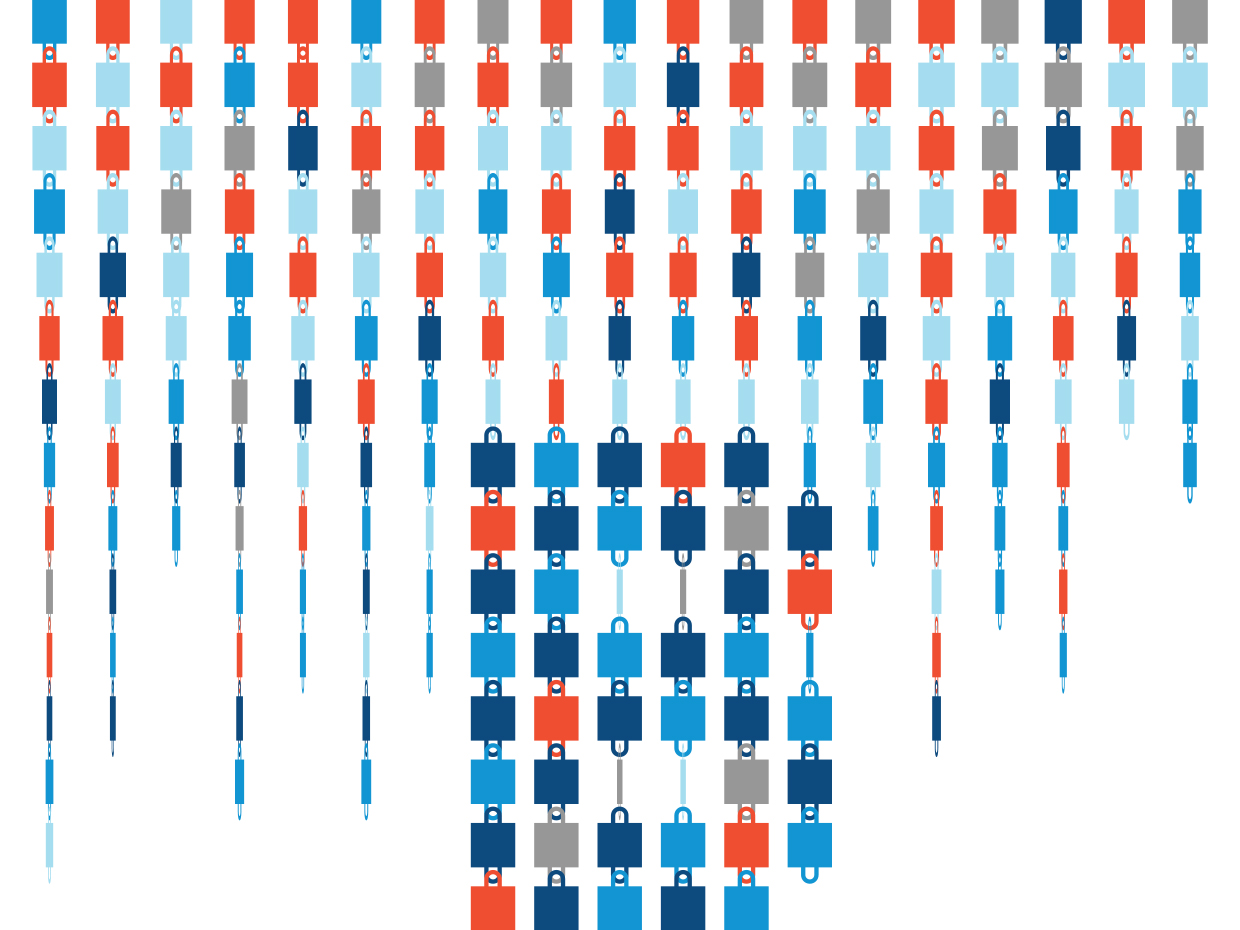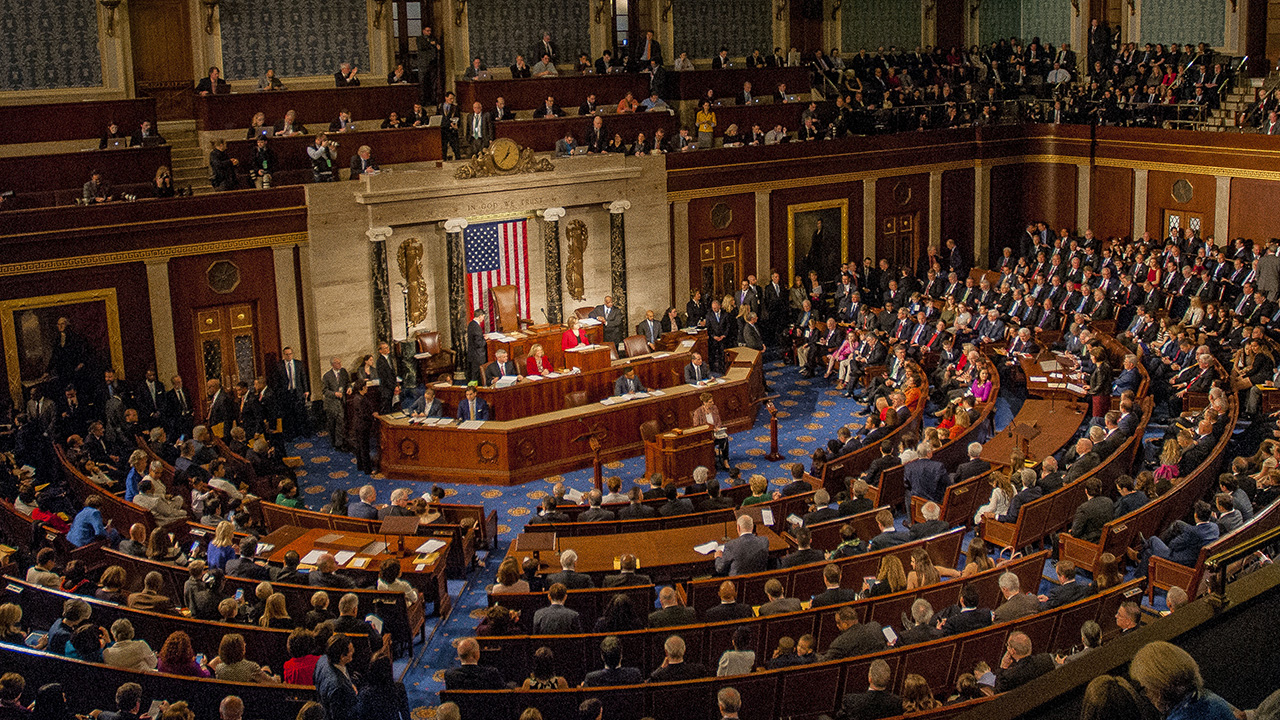Minutes from Yesterday’s Meeting
- Home Page 433

Framework of Blockchain Use in Internet of Things
The use of blockchain technology for Internet of Things (IoT) enables decentralized, autonomous communication (peer-to-peer, consumer-to-machine, machine-to-machine) without the need for a trusted intermediary. These intermediaries exist in nearly every dimension of the education industry even though we may only be hardly aware of them. Energy and municipal bond markets (that finance building construction and operation) are only two examples of spaces characterized by the presence of multiple intermediaries.
The need for standards that offer a protocol, common vernacular and support interoperability between blockchain platforms is gathering pace and the Institute of Electrical and Electronic Engineers (IEEE) is a natural home for them; though there is already significant competition among legacy standards developers; especially those financed by incumbent stakeholders. Apart from the market-making among incumbents that is a natural part of the innovation cycle standardization of a framework for blockchain use in IoT will provide a base common understanding enabling innovation in IoT markets.
The IEEE 2418 group of standards provide a common framework for blockchain usage, implementation, and interaction in IoT applications. Standard P2418.1 is the parent standard for the following spin-off standards which should interest @StandardsMich followers:
P2418.3 – Standard for the Framework of Distributed Ledger Technology (DLT) Use in Agriculture
P2418.5 – Standard for Blockchain in Energy
P2418.7 – Standard for the Use of Blockchain in Supply Chain Finance
The framework contemplated in the P2418-suite addresses scalability, security and privacy challenges with regard to blockchain in IoT. Blockchain tokens, smart contracts, transaction, asset, credentialed network, permissioned IoT blockchain, and permission-less IoT blockchain are included in the framework. We start with foundational standard P2418.1 – Standard for the Framework of Blockchain Use in Internet of Things
P2418.1 is currently under development and, according to the IEEE Standards Association consensus product development process, will reach a milestone at the end of December 2021. At the moment we are following but not actively participating on the committee because we are watching action in the competitive landscape among legacy accredited standards developers as well as emergent, open-source standards developers. If you would like to participate in the development of the IEEE 2418 suite the IEEE contact person is Philip Wennblom (wennblom@ieee.org).
Whatever we do will be coordinated with the IEEE Education & Healthcare Facilities Committee which meets online 4 times monthly in European and American time zones. We also include this standard on our Blockchain Standards teleconferences. See our CALENDAR for the next online meeting.
Issue: [17-352]
Category: Blockchain, Energy, Finance & Management, Information & Communications Technology
Colleagues: Mike Anthony, Jim Harvey, Jack Janveja
LEARN MORE:
Standing Agenda / Blockchain
This content is accessible to paid subscribers. To view it please enter your password below or send mike@standardsmichigan.com a request for subscription details.
Standing Agenda / Power
This content is accessible to paid subscribers. To view it please enter your password below or send mike@standardsmichigan.com a request for subscription details.
Standards Minnesota Workspace
This content is accessible to paid subscribers. To view it please enter your password below or send mike@standardsmichigan.com a request for subscription details.
Solar & Wind Energy
This content is accessible to paid subscribers. To view it please enter your password below or send mike@standardsmichigan.com a request for subscription details.
Digital Video Services
This content is accessible to paid subscribers. To view it please enter your password below or send mike@standardsmichigan.com a request for subscription details.
Workspace / INCITS
This content is accessible to paid subscribers. To view it please enter your password below or send mike@standardsmichigan.com a request for subscription details.
Standards Education Enterprises
The American National Standards Institute has a standards education enterprise that we recommend: Training Courses in Standardization & Related Matters. The National Institute of Standards & Technology has a Standard Curricula Program that runs through universities. The University of Michigan was a recent recipient of a NIST grant. Those course materials are linked below:
Human Factors & Automotive Standards
We are in the process of getting a redirect from NIST to course materials.
The education programs offered by the Geneva global standardization bodies are linked below:
IEC Academy & Capacity Building
ISO Training in International Standardization
Several universities offer formal for-credit courses in standardization; most of them outside the United States.
In recent years we have tracked the emergence of several non-profit standards evangelizing organizations who are paid to spread the Word about standardization for incumbent stakeholders. There are are fair number of them now — curating standardization content — as a simple web search will reveal. These non-profits do not engage in the heavy lifting required by the “code-writing and vote-getting” we explain in our ABOUT. They may be a good source for citizens of education communities who want to know what is happening among people on the public policy grid.
New update alert! The 2022 update to the Trademark Assignment Dataset is now available online. Find 1.29 million trademark assignments, involving 2.28 million unique trademark properties issued by the USPTO between March 1952 and January 2023: https://t.co/njrDAbSpwB pic.twitter.com/GkAXrHoQ9T
— USPTO (@uspto) July 13, 2023
Standards Michigan Group, LLC
2723 South State Street | Suite 150
Ann Arbor, MI 48104 USA
888-746-3670














